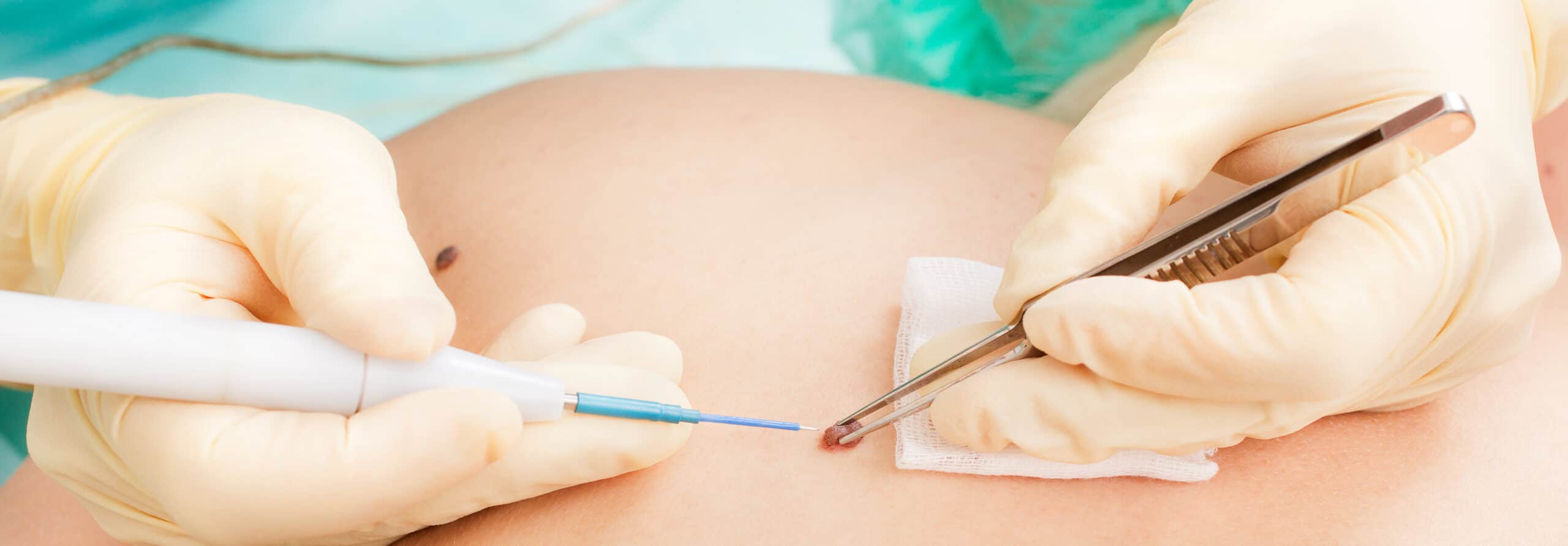- Conditions
- Treatments
- Find A Provider
- Locations
- Illinois
- Central Illinois
- Northern Illinois
- Bourbonnais: Pinski Dermatology
- Chicago – Bucktown: Dermatology + Aesthetics
- Chicago – Lakeview: Dermatology + Aesthetics
- Chicago – Millennium Park: Pinski Dermatology
- Chicago – Oak/Elmwood Park: Dermatology + Aesthetics
- Chicago – Streeterville: Dermatology + Aesthetics
- Hinsdale: Aesthetic and Clinical Dermatology Associates
- St. Charles: Aesthetic and Clinical Dermatology Associates
- Indiana
- Kentucky
- Kentucky
- Bardstown: Bardstown Dermatology
- Frankfort: VitalSkin Dermatology
- La Grange: Louisville Dermatology
- Louisville – Dixie Highway: Louisville Dermatology
- Louisville – Downtown: Louisville Dermatology
- Louisville – Jeffersontown: Louisville Dermatology
- Louisville – Middletown: Bella Pelle Dermatology
- Louisville – Middletown: Louisville Dermatology
- Prospect – Norton Commons: Louisville Dermatology
- Kentucky
- Missouri
- VIEW ALL LOCATIONS
- Illinois
- About
- Blog
- Schedule Appointment

- Conditions
- Treatments
- Find A Provider
- Locations
- Illinois
- Central Illinois
- Northern Illinois
- Bourbonnais: Pinski Dermatology
- Chicago – Bucktown: Dermatology + Aesthetics
- Chicago – Lakeview: Dermatology + Aesthetics
- Chicago – Millennium Park: Pinski Dermatology
- Chicago – Oak/Elmwood Park: Dermatology + Aesthetics
- Chicago – Streeterville: Dermatology + Aesthetics
- Hinsdale: Aesthetic and Clinical Dermatology Associates
- St. Charles: Aesthetic and Clinical Dermatology Associates
- Indiana
- Kentucky
- Kentucky
- Bardstown: Bardstown Dermatology
- Frankfort: VitalSkin Dermatology
- La Grange: Louisville Dermatology
- Louisville – Dixie Highway: Louisville Dermatology
- Louisville – Downtown: Louisville Dermatology
- Louisville – Jeffersontown: Louisville Dermatology
- Louisville – Middletown: Bella Pelle Dermatology
- Louisville – Middletown: Louisville Dermatology
- Prospect – Norton Commons: Louisville Dermatology
- Kentucky
- Missouri
- VIEW ALL LOCATIONS
- Illinois
- About
- Blog
- Schedule Appointment

